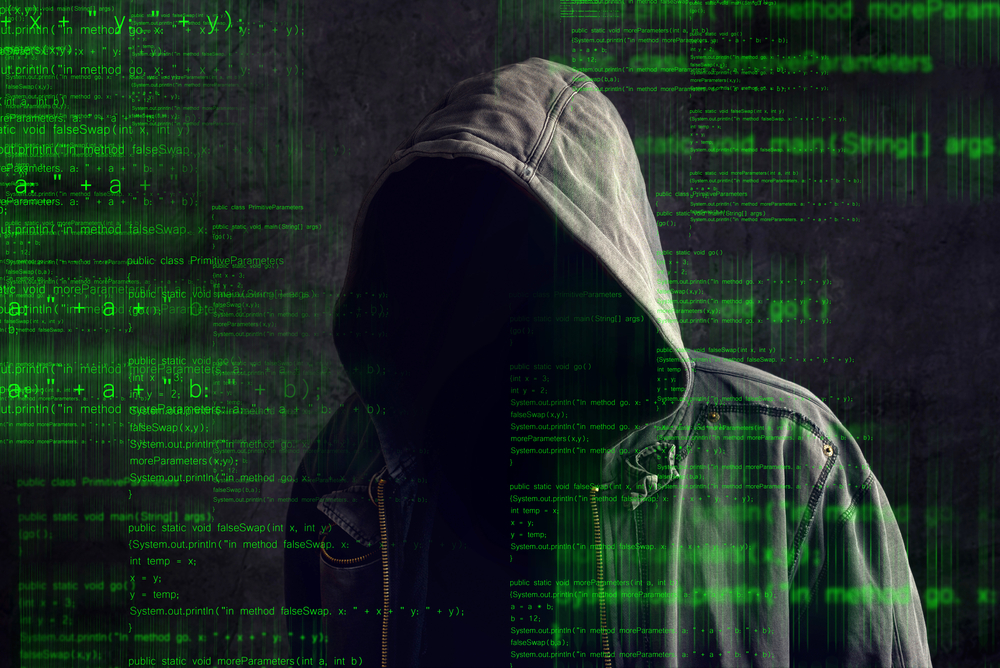

In 2017, chances are you have heard the term dark web.
When a controversial neo-Nazi website called The Daily Stormer was chased off the internet it was granted refuge there. When a hacker wanted to publish content stolen from Instagram, allegedly including data on celebrities, the dark web offered safe asylum.
The murky side of the dark web, accessible with special browsing software called The Onion Router (Tor), is home to illicit markets which sell drugs, hacked databases and weapons. Over the years, it has become embroiled in a number of child pornography cases.
But it’s not all nefarious. Individuals can use Tor to ensure advertisers don’t track them online, to evade internet restrictions in countries run by repressive regimes, to publish websites while keeping the location of the servers a secret or to communicate securely.
In a post-Snowden and post-Investigatory Powers Bill (IPBill) world, it could be argued that such a service is more important than ever. But it can still be difficult to separate fact from fiction, so what really lies in this underbelly of the internet; what really lurks there?
There are three layers of the internet: the surface web, the deep web and the dark web.
While definitions are often mixed and matched there are distinct differences between the three. The surface internet is your typical websites, such as Google, Twitter and Reddit.
The deep web, in comparison, contains the parts not indexed by the World Wide Web.
That would be your Amazon account, your email inbox or online banking. Beneath that is the dark web, not visible with a traditional internet browser, which is where Tor comes in. It’s the gatekeeper (alongside Invisible Internet Protocol, or I2P) to that hidden world.
Ultimately, Tor works by pinging a user’s true location via myriad computers across the world, meaning browsing activity is provided a layer of anonymity. It’s sponsored by academics, volunteers and – in what may be a surprise to some – the US government.
The first time the dark web entered the mainstream consciousness in a meaningful way was following the arrest of Ross Ulbricht, the founder of an underground marketplace known as Silk Road now serving life in prison for facilitating the trafficking of class-A drugs, among other charges.
But if authorities thought his sentencing would act as a deterrent, they were wrong. This year, a global takedown operation dismantled AlphaBay and Hansa, two drug markets. Its alleged founder, 25-year-old Alexandre Cazes, took his own life while in custody, police said.
According to a recent threat report from Symantec, the underground has “something for everybody”. Upon analysis, researchers found ransomware costs as little as $10 (£7.60), stolen credentials between $1 and $3 (76p – £2.27) and banking Trojans for roughly $200 (£152).
That sounds scary, but what does it look like in reality; could it really be that dangerous?
Page: 1 2
SoftBank has agreed a funding deal that will see OpenAI being provided with up to…
Tesla sales have plummeted to lowest level in three years, as deliveries of new EVs…
New addition. Next generation foundation model, as Amazon Nova model launches to perform actions within…
Head of artificial intelligence research at Meta Platforms has announced she is leaving the social…
No decision yet, after media reports CK Hutchison was to spin off its global telecom…
Ahead of 5 April deadline, Trump is to hold White House meeting over possible investors…